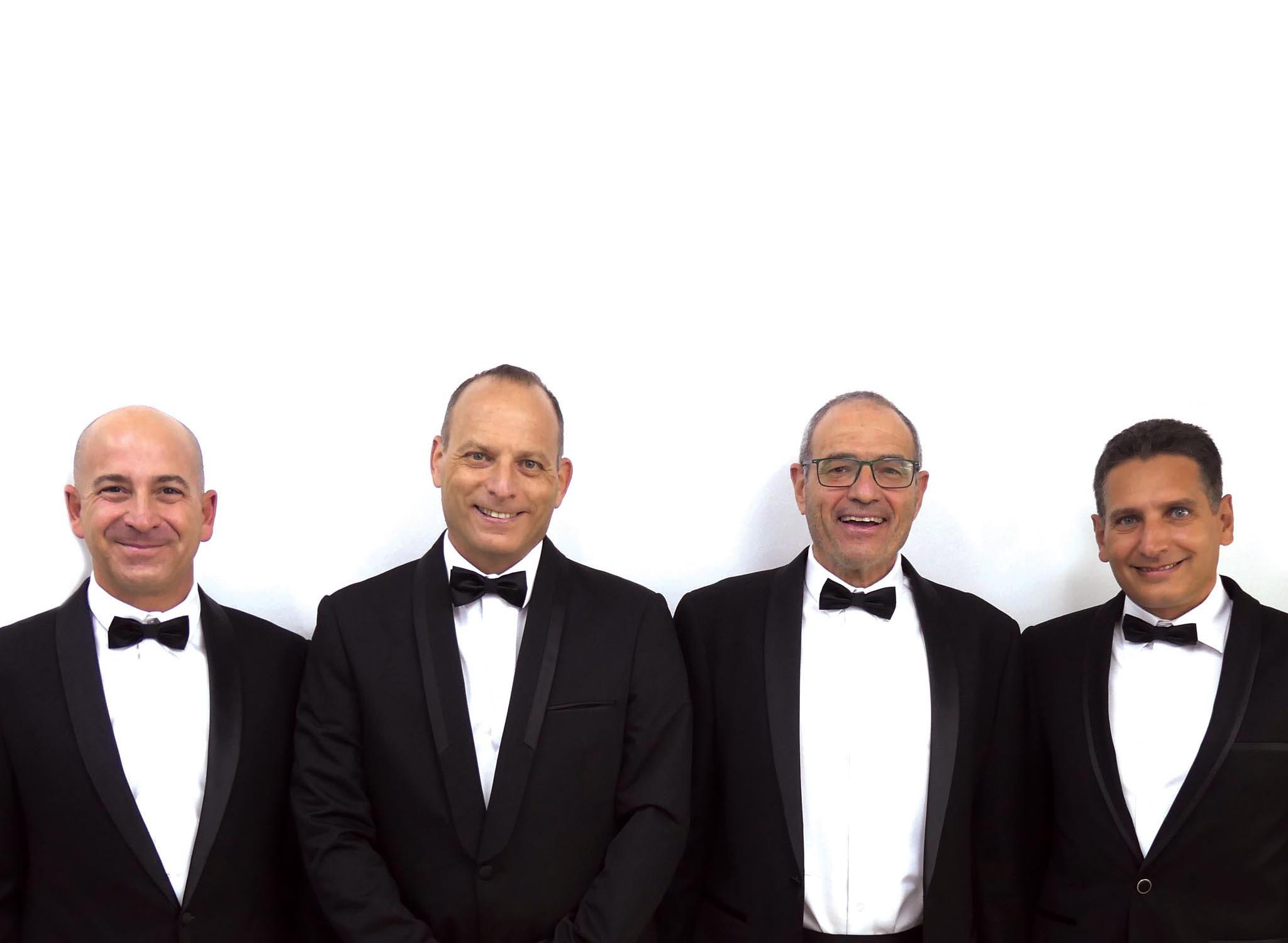Feb. 13, 2021. Academy of Motion Picture Arts and Sciences Scientific and Engineering Awards (Academy Plaques) honored Dr. Zvi Reznic, Prof. Meir Feder, Guy Dorman and Ron Yogev. They were commended for “For the development of the Amimon wireless chipset, which enables untethered, high-quality on-set, encrypted digital video monitoring with sub-frame latency.
“By using novel extensions of digital data transmission and compression algorithms, and data prioritization based on error rate, the Amimon chipset supports the creation of systems with virtually unrestricted camera motion, expanding creative freedom during filming.”
Essentially, if you have a Teradek or ARRI or almost any other wireless video system for motion picture production, there’s an Amimon chipset inside.
Meanwhile, back the the Sci-Tech Awards, Dr. Zvi Reznic replied to some questions.
Dr. Zvi Reznic
Jon Fauer: In a press release, you said, “We would like to thank the Academy for honoring us with this Award. When we started Amimon in 2004 we knew that the challenge of low latency video transmission was high, but we were ready for it. What caught us by surprise was the type of markets that we ended up serving. We started with consumer products and ended up in endoscopy, in drones, and on movie sets, where our technology has made a substantial impact.” Were you aware of the Academy’s Sci-Tech Award as you were developing this product?
Dr. Zvi Reznic: It is a great honor for us to receive this award. Usually, only the people who develop the technology are aware of its level of sophistication, while the users are simply enjoying its merits. In this case, the Academy realized that what is simply described as “low-latency robust wireless video” encompasses an enormous set of innovations, robustness layers, and creative engineering. We are grateful for that.
We knew that this award existed, but we were still surprised to receive it. When we first met people from the production industry, more than 10 years ago, they told us about the need for wireless video on movie sets. But at that first meeting, they also told us that there were Oscars for technical achievements, and that our technology could be a candidate for such an award in the future. At that moment, we thought that this could be a nice outcome, but later, we totally forgot about it.
Can you please explain why “the type of markets you ended up serving” caught you by surprise?
When we started Amimon, we were focusing on consumer electronics and mainly flat-panel TVs. With flat-panel TVs, people often go to great lengths to hide the video cables and often bury them inside the walls. We provided a chipset that could eliminate these cables.
We had some early successes, including with Sharp, Sony and LG; but we then realized that from a business point of view, there was a better opportunity for us in other exciting markets that can be generally called “professional markets.” These markets include endoscopy, installation, film/TV production, drones and remote machinery.
Did those markets change over the years?
Those market changed over the years. Our first non-CE (consumer electronics) market was endoscopy. This started almost from the very beginning of Amimon when we were approached by Stryker, who has been our customer ever since. The second one, which is actually adjacent to CE, was installation or retro-fit: replacing an existing cable with a paired video transmitter and video receiver, equipped with an Amimon chipset. And later, when we decided to pivot away from the CE market, around 2012, we focused more on the film/TV production industry through our partners at Teradek and in drones. But the film/TV production industry has been our biggest success, mainly due to our partnership with Teradek.
Where do you think the cinema industry is heading in wireless video?
One change that is already happening is the move from HD (1080p) to UHD (4K). The Amimon chipset, as well as Teradek Bolt systems, already support that.
Without revealing NDA matters, where is Amimon heading?
The next generation of Amimon products extend the zero-latency and high robustness of our existing technology to products running on any IP networks. Our systems will run on any IP network: cellular, WiFi, and the public internet, with close to zero delay. There are endless application for that, including cloud gaming, remote machinery, driverless vehicles, remote production, live events and more.
Additionally, we intend to keep up with the industry in terms of resolution. So when the production industry will be ready to adopt 8K, we will be there with something.
Dr. Zvi Reznic is Amimon Co-Founder and Chief Technology Officer (CTO). He co-founded Amimon in 2004. He received his PhD in Electrical Engineering from Tel-Aviv University, a Masters Degree in Engineering from Cornell University and a BSc from Tel-Aviv University.
Professor Meir Feder is Chair of Information Theory, School of Electrical Engineering, Tel-Aviv University and a Visiting Professor at the department of Electrical Engineering and Computer Sciences at Massachusetts Institute of Technology (MIT). He holds an ScD degree from MIT.
Guy Dorman is Amimon’s Algorithms Design Manager. He joined Amimon in 2006. He received a BSc (1997) and M.Sc. (2005) in Electrical Engineering from Technion – Israel Institute of Technology in Haifa.
Ron Yogev is Amimon’s Vice President of Research and Development. He graduated with a BSc in electrical engineering from Ben-Gurion University in 2001.









